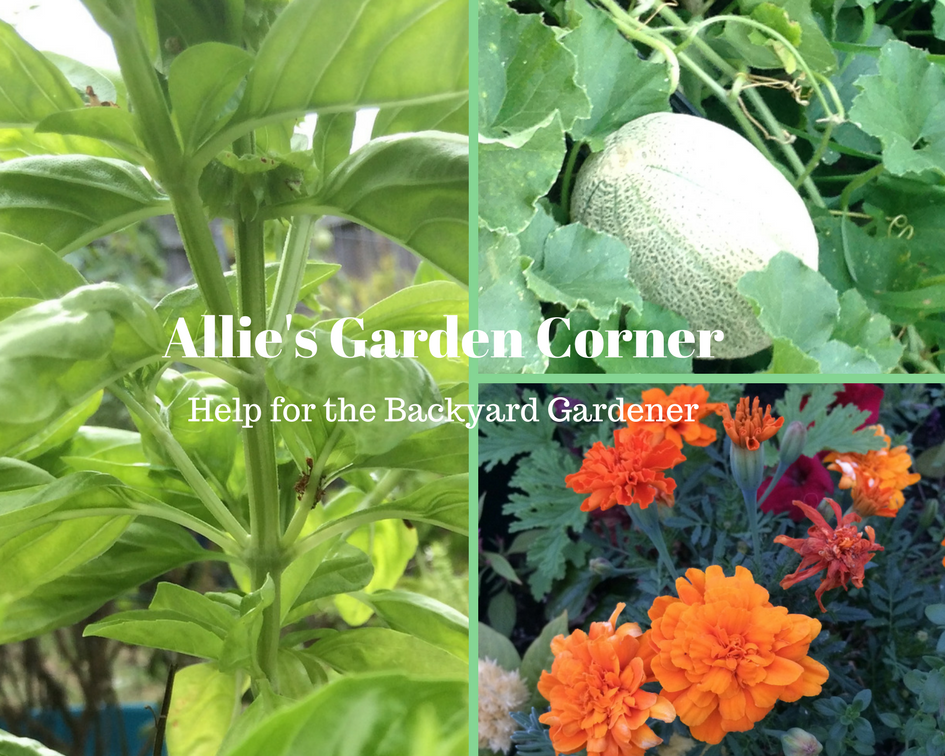Growing Parsley – A Versatile Herb You Can Grow Yourself

growing parsley
Parsley is one of the most commonly used herbs for culinary purposes and has the most significant number of varieties. The most popular are flat leaf and curly leaf, both of which can be used in cooking or as a garnish. The plant itself is beautiful in a garden and is a cost-effective way to obtain fresh herbs as just two plants can provide enough leaves for a year’s worth of cooking.
This hardy biennial is native to the Mediterranean and has been cultivated for at least two thousand years. The following advice should help you look after growing parsley.
- Soil, planting and care
- Troubleshooting
- Harvest and storage
Planting
Although parsley can only be grown from seed, it is extremely slow to germinate, often taking up to four weeks before the seedlings appear. A tried and tested method to speed up germination is to soak the seeds in warm water for up to 24 hours before planting. Growing parsley can be grown in containers – like this one here – or in the garden between the months of March and May.
It is best planted when the soil temperature is between 10ºC and 30ºC (50º F and 86º F) and should be spaced approximately eight inches apart in the garden. Eventually, it will reach a height of ten inches.
Soil
Parsley prefers moist soil, and it should be dug in well, with a good handful of organic fertilizer mixed into the ground. The soil should be firmed down to remove any air pockets and needs to be thoroughly watered immediately.
Care
Parsley has long tap roots needing a good depth of soil, and you should avoid transplanting it unless absolutely necessary. It needs to be kept well-watered, especially if grown in a pot and benefits from a monthly feed of blood, fish and bone. As a hardy plant, it is capable of surviving snow and light frosts.
Troubleshooting
When fully established, parsley is a vigorously growing plant, needing only to be kept well-watered. It is unlikely to suffer from any pests or diseases but may attract the striped caterpillars of black swallowtail butterflies. Surprisingly, the caterpillars actually help the growing parsley plants to flourish and even provide much-needed fertilizer with their excrement.
Harvest and Storage
You can start harvesting once the plant has a good head of leaves, which can be from nine weeks onwards. You should regularly crop even if you don’t require the leaves, as this leads to further growth. The leaves can be successfully dried and kept in an air-tight container.
Harvesting can continue until the end of the second growing season, at which point the parsley will bloom with white flowers and not produce any more leaves.
Parsley can add flavor to practically any dish, working exceptionally well with vegetables, and it can transform the taste of potatoes. It can be added to a white sauce to serve with ham or fish dishes.
Why not growing parsley and discover for yourself how versatile this flavorsome herb can be?


